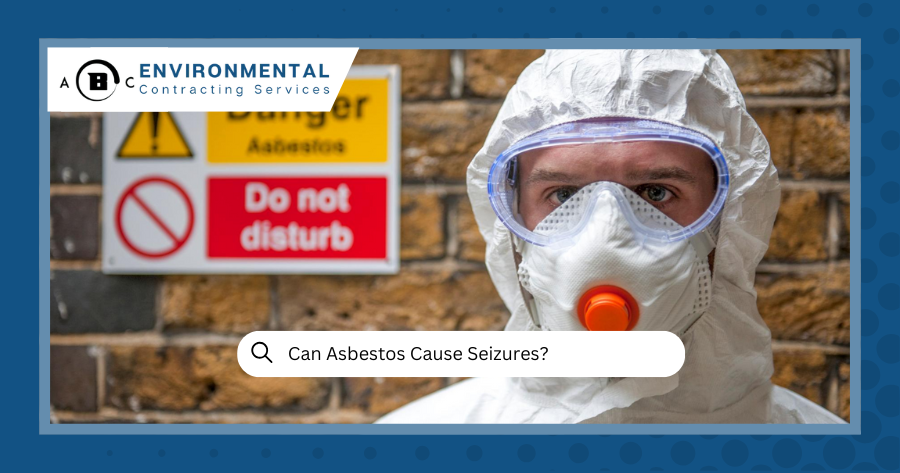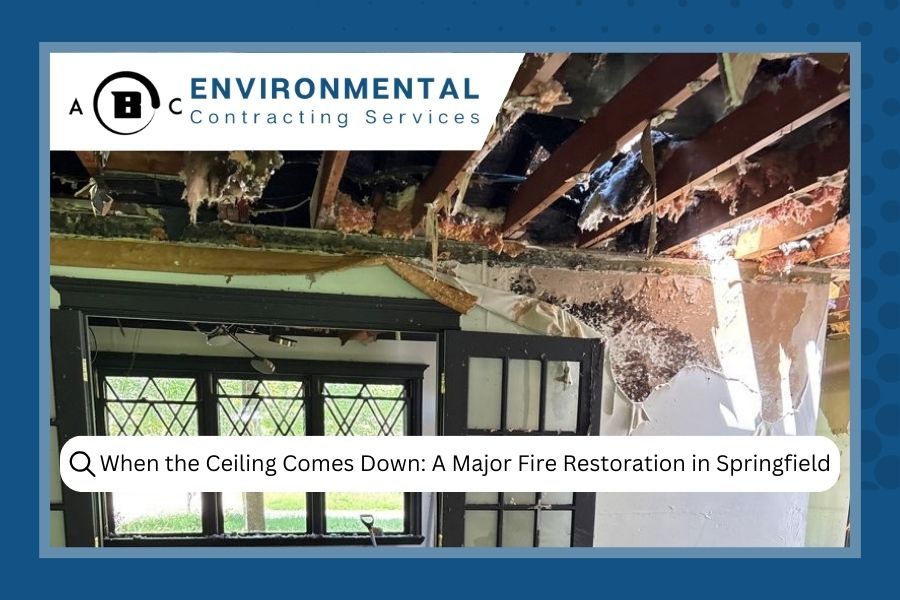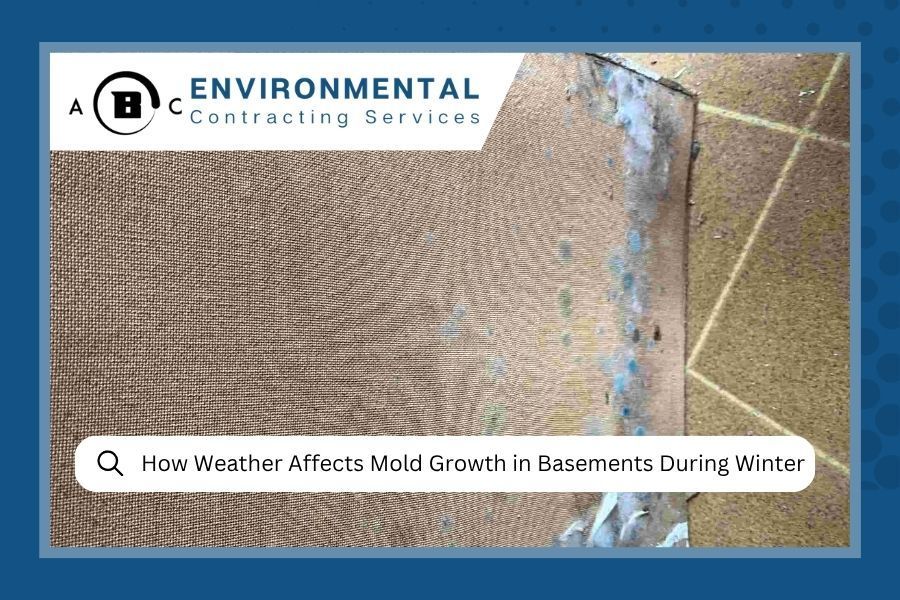
Can Asbestos Cause Seizures? What We Know About the Health Risks
Asbestos is a known health hazard, mostly tied to lung problems, but some people wonder: Can asbestos cause seizures? While there's limited research directly connecting asbestos to seizures, there are growing concerns about how long-term exposure to asbestos could impact the central nervous system, especially for people already at higher risk.
If your home may contain asbestos, asbestos removal in Springfield should be a top priority to protect your health.
How Asbestos Affects the Body Over Time
Most health issues from asbestos show up slowly and often years after exposure. When asbestos fibers are inhaled, they settle deep in the lungs and stay there. This leads to several asbestos related diseases, including lung cancer, mesothelioma, and asbestosis.
Common symptoms include:
- Persistent coughing
- Shortness of breath
- Chest pain
- Fatigue and weight loss
In many cases, these symptoms don't appear until long after the initial exposure to asbestos.
Can Asbestos Cause Seizures or Brain Issues?
So far, researchers haven't confirmed a direct link between asbestos and seizures. However, toxic exposure over time can lead to inflammation or damage beyond just the lungs. There's concern about how this may impact the central nervous system, especially when someone is exposed to high levels of asbestos over the course of their career or in unsafe environments.
This kind of prolonged contact can become a risk factor for other health complications, especially in those who already suffer from immune, respiratory, or neurological conditions. Some studies suggest it could potentially affect brain function in extreme cases, though more evidence is needed.
Who's at Higher Risk of Health Problems?
Certain groups face a higher risk of developing long term issues tied to asbestos, including:
- Construction workers and those with occupational exposure
- Families of workers who brought fibers home on clothing
- People living in older homes with deteriorating materials
- DIY renovators unaware of asbestos dangers
According to OSHA, employers are required to protect workers from asbestos exposure and provide proper safety training and equipment in high-risk jobs. Even short-term exposure can be dangerous if it involves exposure to high amounts of disturbed material. Anyone with a history of asbestos contact should understand the potential long-term impact.
Health Risks Beyond the Lungs
While lung cancer is the most well-known type of cancer caused by asbestos, other risks exist. Over time, the fibers can lead to organ damage, especially in the lungs and stomach. In some cases, the immune system is weakened or overloaded, contributing to complications in other parts of the body.
Severe breathing problems, persistent coughing, and shortness of breath are common, but neurological symptoms, though less studied, are still being evaluated. Like with other toxins, some researchers believe that asbestos may affect the nervous system indirectly.
What to Do If You've Been Exposed
If you believe you've been exposed to asbestos, here are some basic but important steps:
1. Don't Disturb Suspicious Materials
Old insulation, ceiling texture, and tile adhesives may all contain asbestos. It’s crucial to know the common signs of asbestos and avoid disturbing them.
2. Get It Tested
Testing is the only way to confirm if asbestos is present. If your home was built before the 1980s, this step is strongly recommended.
3. Leave Removal to Professionals
DIY removal is not only dangerous, it’s often illegal. The proper way to remove asbestos involves sealed containment, safety gear, and disposal rules.
4. Monitor Your Health
Tell your doctor about any past occupational exposure or environmental contact. They may screen for early signs of asbestos related diseases, especially if you've noticed any unusual symptoms.
Why Asbestos Still Matters
Even though its use is now restricted in the United States, asbestos is still present in many older structures. Renovation work, storm cleanup, and structural damage can all disturb hidden fibers. After events like flooding or pipe breaks, lingering moisture may expose hidden dangers, including asbestos and mold. Learning how to handle storm damage cleanup safely is important for any homeowner.
It’s also worth noting that in some disaster scenarios, multiple toxins may be present. In homes affected by flooding, for example, flood cleanup health risks go far beyond just water.
Final Thoughts
So, can asbestos cause seizures? While the science isn't settled, the overall health risks of asbestos exposure are clear. There may be a connection to neurological issues in rare cases, especially for people with long-term or high-level exposure. The key is prevention, by knowing the signs, testing early, and avoiding unnecessary contact.
Keep in mind, danger doesn't always look obvious. If you're unsure how to handle an older property, refer to helpful safety resources like how to remove asbestos properly or learn where to dispose of asbestos safely and legally.
Don't Wait Until It's Too Late
If you think you've been exposed to asbestos or you live in an older home, it's important to act fast. Our team handles safe asbestos removal in Springfield and nearby areas. We'll test, remove, and restore your space the right way, so you don't have to worry about the long-term health risks.
Call ABC Environmental Contracting Services in Springfield today at (417) 302-3010 or contact us online to schedule an inspection.





